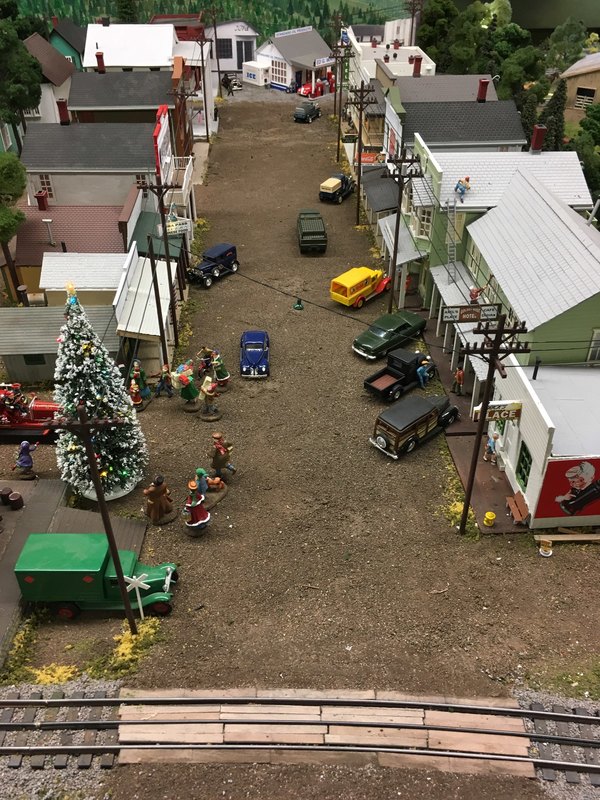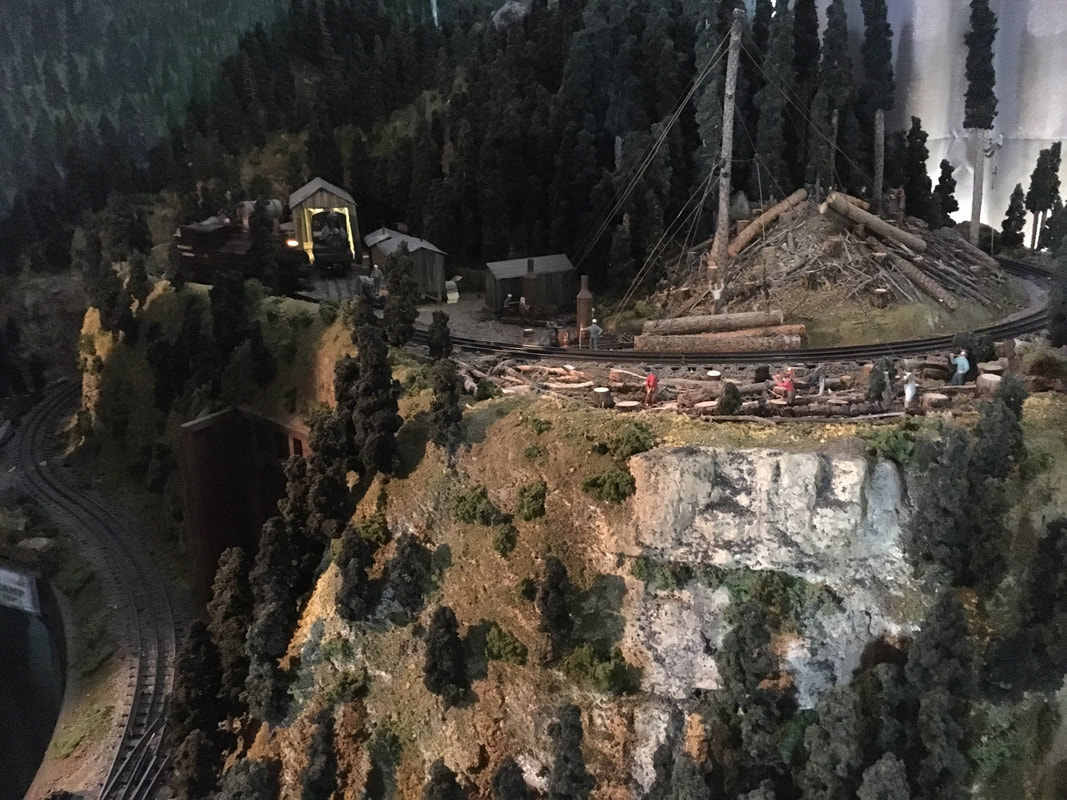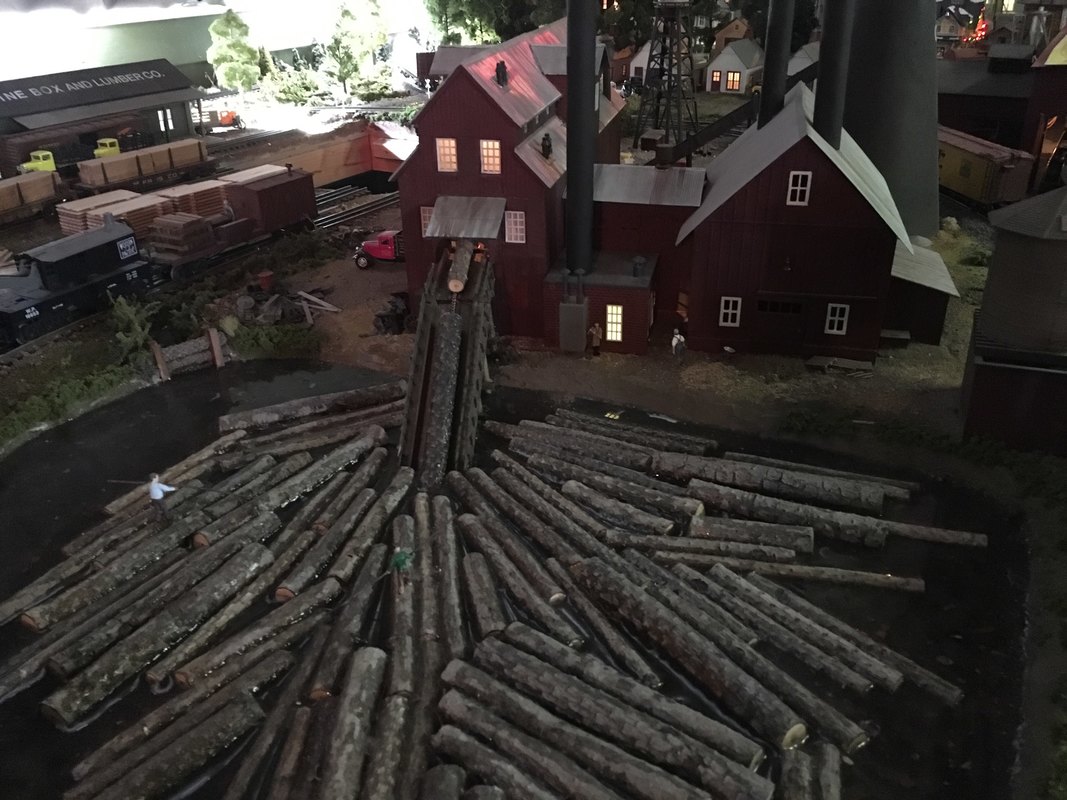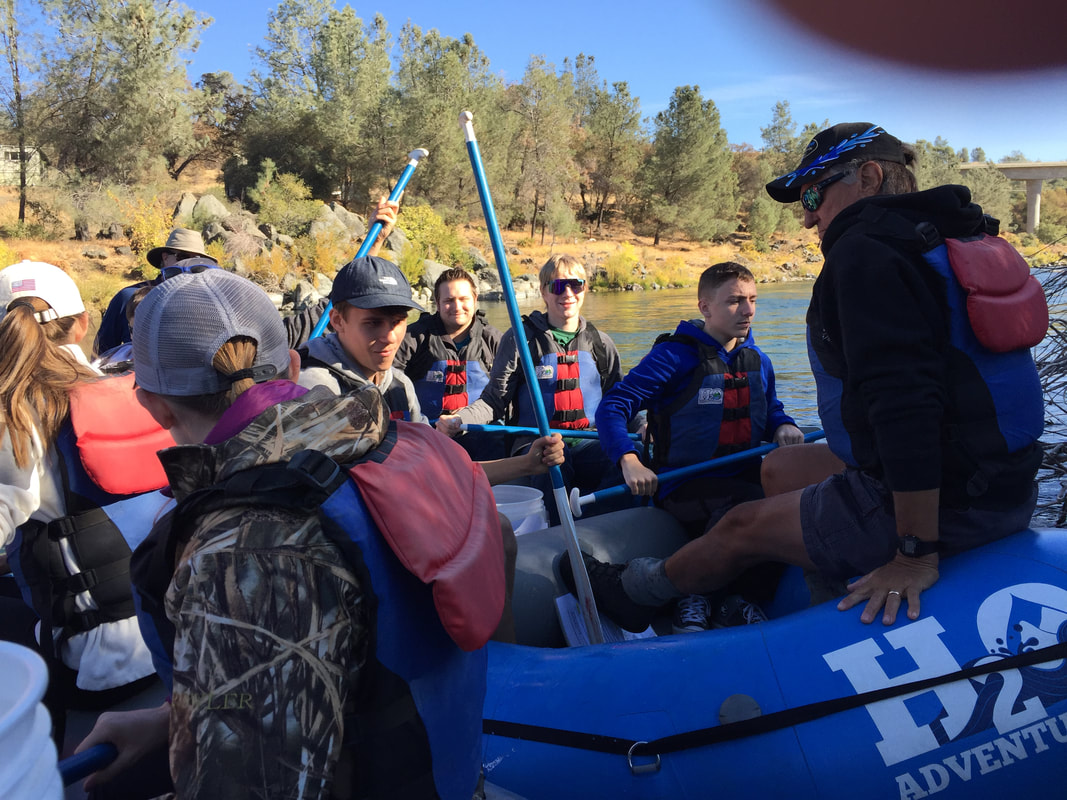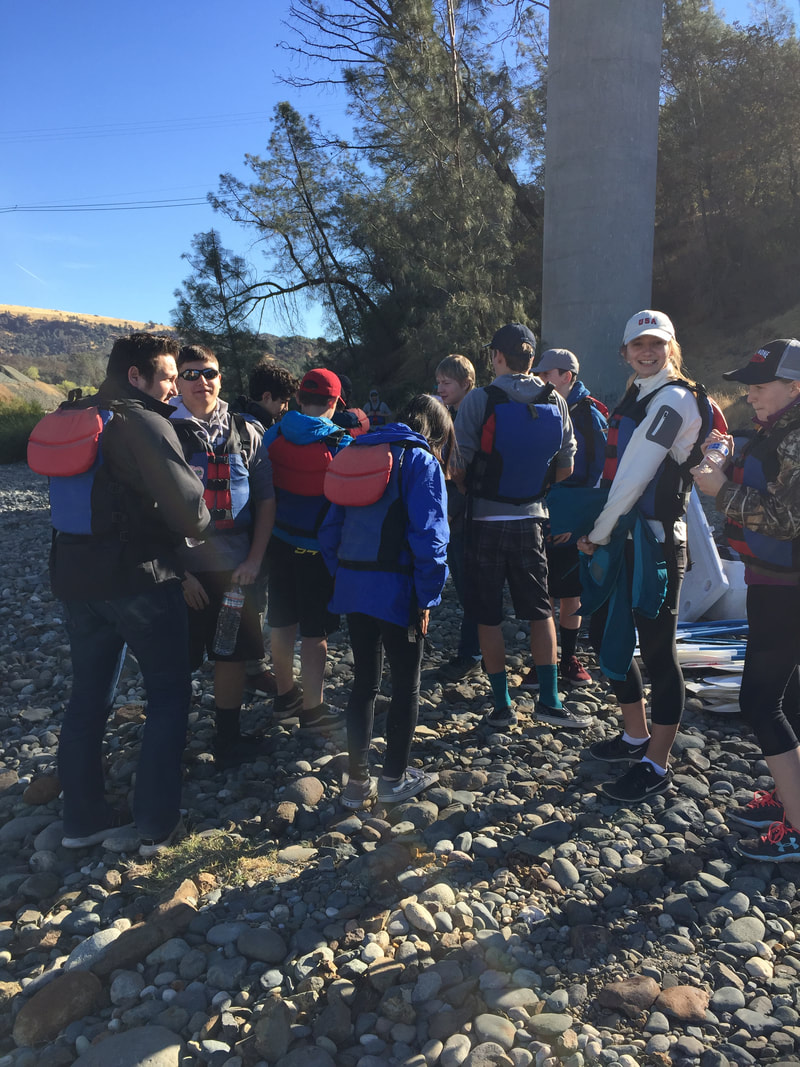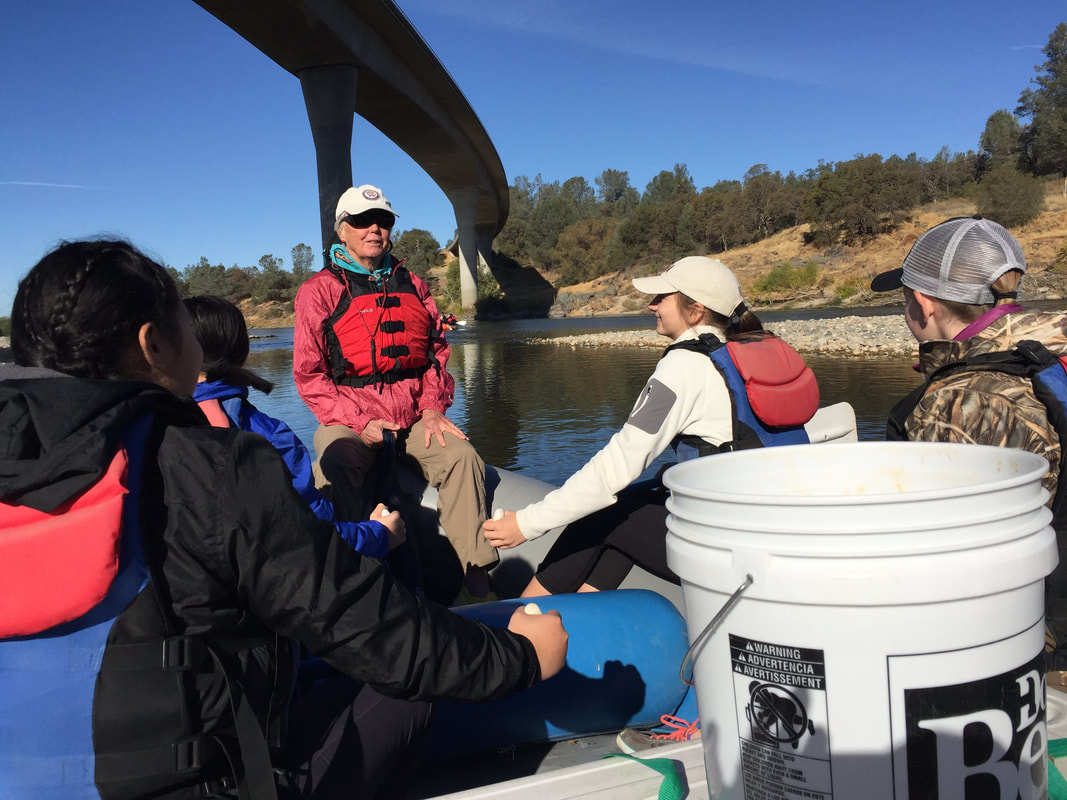SACRAMENTO, Calif. – When a person goes missing, every second counts. As the statewide coordinator for the AMBER, Silver, and Blue Alert programs, the California Highway Patrol (CHP) understands that time is of the essence and is using technology to help expedite the recovery process.
“Whether a child or at-risk adult has gone missing or a dangerous suspect is on the run, time and details are vital,” said CHP Commissioner Warren Stanley. “Using technology gives everyone involved in the process another tool to reach the appropriate audience with the information.”
As part of the various notification procedures when an alert occurs, the CHP’s Emergency Notification and Tactical Alert Center (ENTAC) will distribute the critical information to cell phones in the affected geographic area through the Wireless Emergency Alerts (WEA) program. As a result, millions of consumers with WEA-capable devices and services are armed with potentially lifesaving information.
Due to the limited number of characters available through the WEA, the CHP is now embedding a link in each message that will direct the user to the public-facing Web site at https://www.chp.ca.gov/news-alerts. Once there, the user will find all active alerts, along with access to related flyers that can be downloaded and distributed.
Social media is also being used to help expedite and grow the audience for alerts distributed by the CHP. The public, media, and law enforcement are encouraged to follow a new Twitter account managed by ENTAC - @CHPAlerts. Posts from this account will be limited to active AMBER, Silver, and Blue Alerts.
Since July 2002, the CHP has issued nearly 300 AMBER Alerts for abducted children. Less than a decade later, in January 2011, California enacted the Blue Alert system to apprehend individuals wanted following the violent attack of a law enforcement officer; eight Blue Alerts have been issued to date. Two years later, the Silver Alert system went online in California and there have been nearly 1,400 alerts issued for missing, at-risk adults since January 2013.
The mission of the CHP is to provide the highest level of Safety, Service, and Security.



